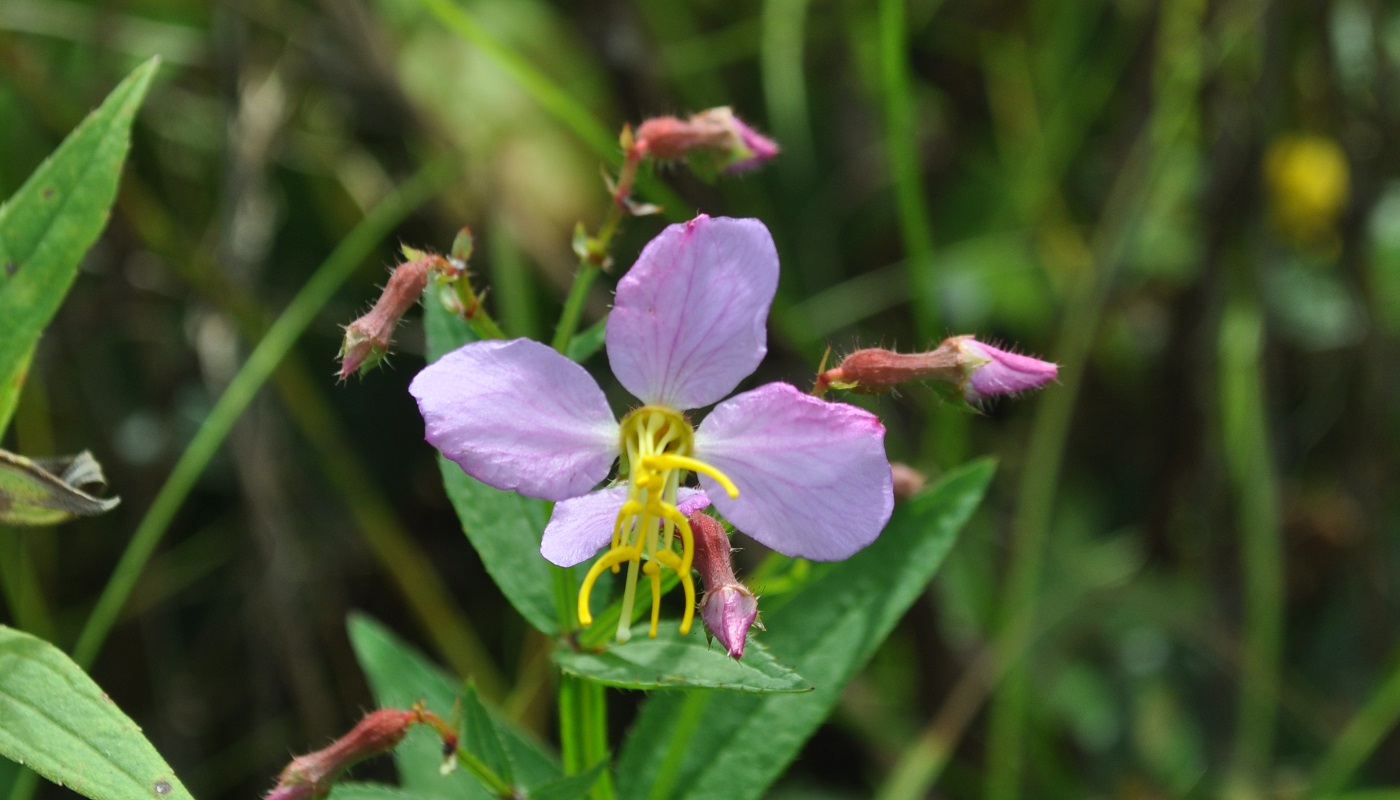Ecologists at the Forest Preserves of Cook County have gotten a surprise this year: More than a dozen species of native plants have been identified at locations in the preserves where they haven’t been seen for decades—in some cases, where they have been seen by Forest Preserves ecologists for the first time. Through restoration efforts by the Forest Preserves and volunteers, sites across Cook County are recovering their natural diversity.
Deep within Cook County’s native seed banks dwells a hidden portrait of what the region looked like hundreds of years ago before urbanization. But due to human intervention—like fire suppression, reforestation and the introduction of invasive species—our native plant species have limited habitats where they can grow and thrive.
“When we go into a restoration project, we often have a very good idea of what to expect to return to the landscape. But some forest preserves, despite being closely surveyed by renowned botanists, have shown us some rare and unexpected plants this year,” shares Rebecca Collings, senior ecologist with the Forest Preserves.
In the Palos region—located in southwest Cook County—many plants that conservationists mark as rare and important have expanded where they’re now growing due to restoration work, including cardinal flower (Lobelia cardinalis), an important food source for hummingbirds; spikenard (Aralia racemosa); squirrel corn (Dicentra canadensis); twinleaf (Jeffersonia diphylla); and fire pink (Silene virginica).
“When plant species like twinleaf and squirrel corn return, it has a ripple effect on the ecosystem. Native ants are specially attracted to the fatty deposits found on the seeds of these two plants. The ants collect the seeds and bring them back to their nests as food. In doing so, they’re also helping disperse the seeds,” explains Kristin Pink, regional ecologist with the Forest Preserves. “This is a relationship between plants and animals that has formed over thousands of years of evolution.”
In the Calumet region, ecologists have recorded Virginia meadow beauty (Rhexia virginica) in a new location following restoration work that increased the amount of sunlight that hits the ground. There are also several wetland swales now growing swamp thistle (Cirsium muticum) where invasive brush, cattails, purple loosestrife and other invasive plants have been removed.
“Having these native plants return is critical for our pollinators. Fen thistle attracts many pollinators, and even serves as a host plant for caterpillars of painted lady butterflies. The seeds provide a high-quality food source many birds,” says Collings. “And the flowers of Virginia meadow beauty are buzz-pollinated by bumble bees—a type of pollination that occurs when specific bees disengage their wings from their flight muscles and use those muscles to shake or ‘buzz.’ The vibration increases the release of pollen from certain flowers.”
In northwest Cook County restoration work has increased where visitors can see great blue lobelia (Lobelia siphilitica), Jacobs ladder (Polemonium reptans), cream and bottle gentian (Gentiana alba, Gentiana andrewsii) and their hybrid. Hybrid gentians and some white individuals of colored flowers such as great blue lobelia demonstrates genetic diversity at the site.
“Seeing these plants return shows that our forest preserves are living, evolving systems, ultimately benefitting insects, birds and all wildlife,” says Pink. “Dedicated restoration is how we help nature thrive.”
With new plants growing—as well as the many native plants that have long been thriving in forest preserves—it is especially important for visitors to stay on the trails. Many plants may not look like the obvious species to avoid and can be delicate. Once some species of plants are trampled, they may not produce seeds. Visitors should also be sure to keep their dogs on leashes and remember: do not pick flowers. Even picking a flower and throwing it back on the ground means it won’t produce seeds.

